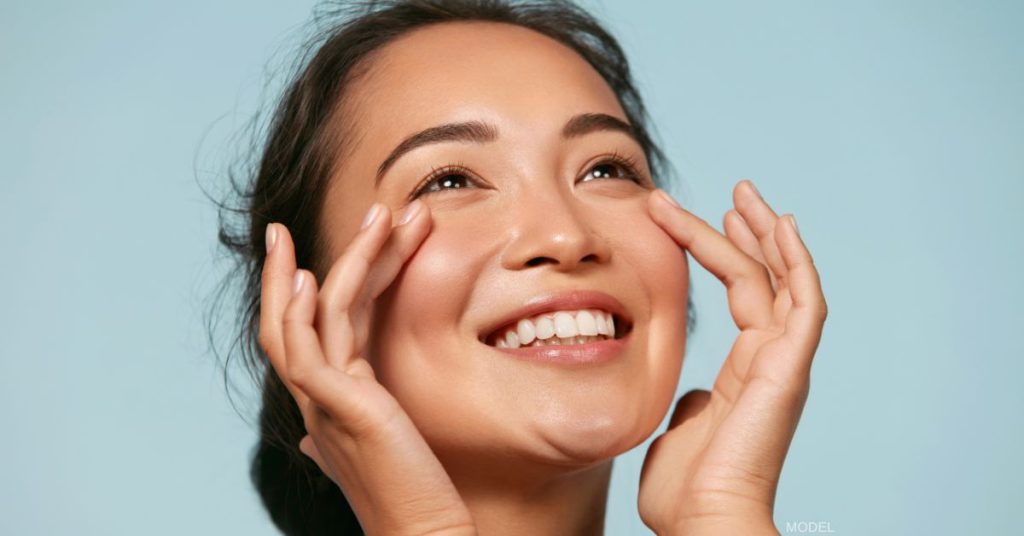What’s the best approach for improving your skin’s tone and complexion? The options are more plentiful than ever, with patients increasingly turning to innovative, noninvasive skin rejuvenation treatments. Two of the most popular procedures, microneedling and microdermabrasion, often confuse people because of their similar-sounding names and promising results.
In this blog post, we’ll explore the key differences between microneedling and microdermabrasion to help you understand which treatment at our med spa in London, Ontario, would best meet your needs.
6 Important Comparisons: Microneedling vs. Microdermabrasion
1. How Do Microneedling and Microdermabrasion Work?
- Microneedling: Also known as collagen induction therapy, microneedling uses a device with tiny needles to create controlled micro-injuries on the skin’s surface. These micro-injuries stimulate the skin’s natural healing process, producing collagen and elastin for smoother, firmer skin. At DermEffects, we use the Lutronic® INFINI™ microneedling device that combines the benefits of heat from radiofrequency energy with traditional microneedling’s micro-injuries to enhance results.
- Microdermabrasion: Unlike microneedling, microdermabrasion is an exfoliation treatment that uses a specialized tool to gently remove the outer layer of dead skin cells. It uses tiny crystals or a diamond-tipped wand to exfoliate the skin, revealing a fresh and revitalized complexion.
2. What Are the Benefits of Each Treatment?
- Microneedling: Radiofrequency microneedling is highly effective in addressing various skin concerns, including fine lines, wrinkles, acne scars, enlarged pores, and uneven skin texture. It can also improve overall skin tone and elasticity.
- Microdermabrasion: Microdermabrasion primarily targets surface-level skin issues, such as dullness, mild acne scars, uneven skin tone, and sun damage. It is focused on exfoliation rather than deep tissue rejuvenation.
3. Is One Treatment More Intense?
- Microneedling: Microneedling is a minimally invasive procedure that creates controlled injuries with tiny needles and RF energy. As a result, it may require some downtime for the skin to heal fully. A provider can adjust the depth of the needle penetration to suit individual skin concerns and comfort levels.
- Microdermabrasion: As a gentler treatment, microdermabrasion typically has little to no downtime. Patients might experience mild redness, but this usually subsides quickly, allowing them to resume their daily activities almost immediately.
4. Which Is Suitable for Your Skin Type?
- Microneedling: This treatment is generally safe for all skin types, including darker skin tones. The adjustable depth of the needles allows practitioners to tailor the treatment to different treatment areas without causing damage or hyperpigmentation.
- Microdermabrasion: Microdermabrasion is also suitable for all skin types. However, individuals with sensitive skin should be cautious because the exfoliation process can cause redness and irritation.
5. How Many Treatments Are Needed?
- Microneedling: Depending on the individual’s skin concerns and treatment goals, microneedling is usually performed in a series of sessions spaced several weeks apart. This time allows the skin to heal and for optimal results to emerge.
- Microdermabrasion: Microdermabrasion can be done as a single session or in a series of treatments, depending on the desired results. Unlike microneedling, the treatment can be repeated more frequently, with some individuals opting for monthly or bi-monthly sessions.
6. What Kind of Results Can You Expect?
- Microneedling: Because microneedling stimulates the production of new collagen and elastin, results develop gradually over several months. The skin’s appearance continues to improve, and the results are more profound than you’ll see with microdermabrasion. Patients notice visible improvements in skin texture, tone, and elasticity within a few weeks after treatment.
- Microdermabrasion: Microdermabrasion delivers instant gratification, with the skin appearing smoother and brighter immediately after the procedure. However, to maintain the results, regular treatments are necessary.
Start With a Consultation
Whatever skincare treatment is right for you, choosing a board-certified dermatologist is a great start—especially one such as Dr. Loo, who recently earned the Consumer Choice Award. You can request a consultation with Dr. Loo using the online form or by calling us at (519) 472-2929 .


Leave a Reply